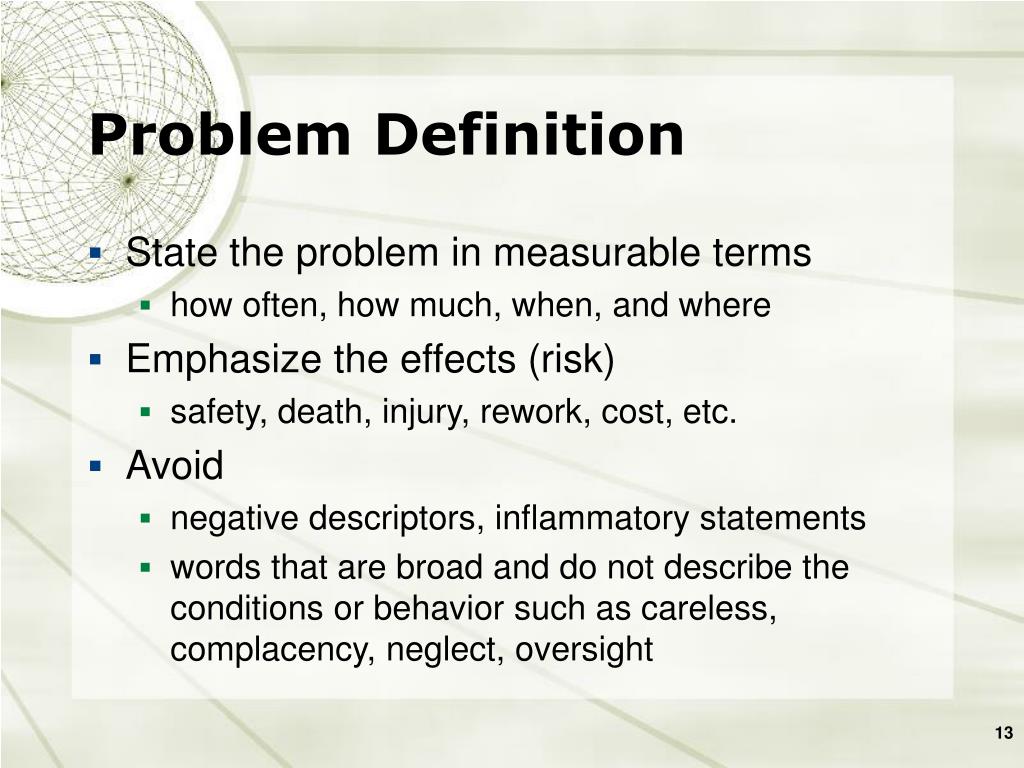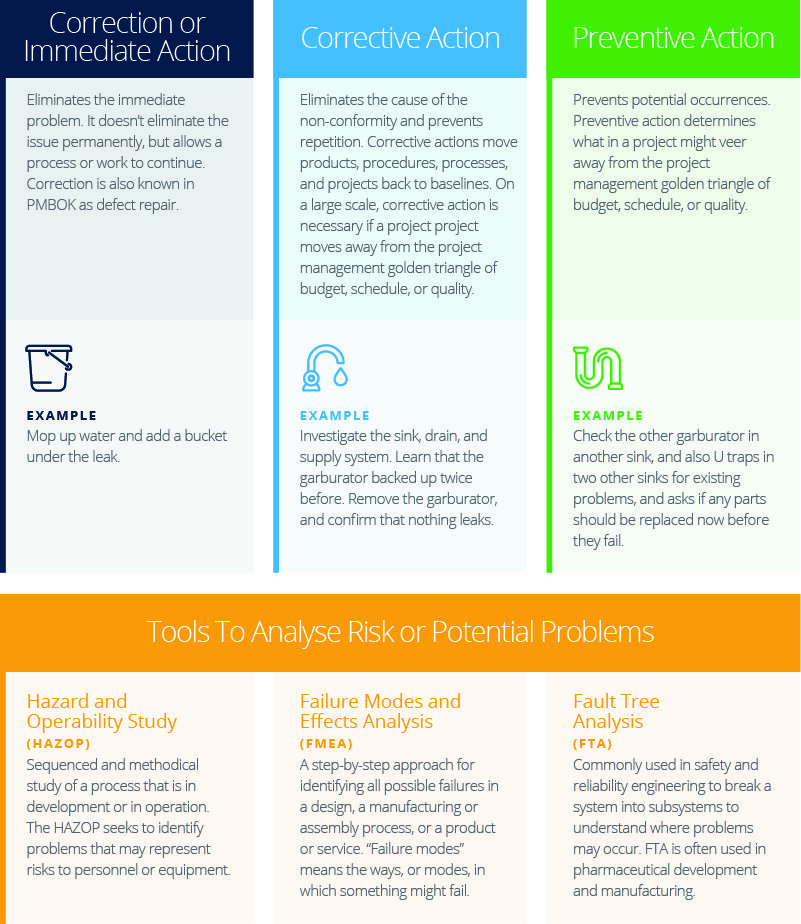

The quality team will review the CAPA process for completion based on the documented information checking for its accuracy. Finally, the QRB analyzes the action plan based on the risk thresholds. The iQuality QMS (Quality Management System) has configurable RCA ( Root Cause Analysis) tools in line with the organization process. The most prominent and efficient RCA is 5 Why’s, where one question will lead to the other in sequence, drilling down to the root cause of the issue leading to its countermeasure that helps prevent the problem from recurring. The lack of documentation of investigation information or failure to reach the root cause of the issue may result in a wrong analysis that fails to fix the problem at hand, resulting in CAPA being open for a definite period. Without the facts and proof, root cause determination is impossible. Users should know the factors that have contributed to the occurrence of the issue. This step involved rigorous investigation, documenting the information, and analyzing the data to determine the root cause of the problem for creating a Corrective Action. With the investigated information, determine the root cause of the issue. People make mistakes by jumping on this step before collecting the required and relevant information. The identification of CAPA source strengthens the investigation findings. The investigation might need collaboration with multiple teams like the engineering team, manufacturing, product delivered, or even the raw material supplier to get to the when, how, and why. The information added into the system must include all information about the product, process, or issue contributing to the CAPA to ensure the investigation is completed and determine the appropriate action plan. However, the process is crucial as many companies have received warning letters from the regulatory board for improper or failed CAPA process tracking and for CAPA being open for an indefinite period. The process is quite impossible on a paper-based process as there is a high chance of misplaced or missing information and improper tracking of the CAPA process. The Quality Management System supports a path of progress with clear audit trails describing the changes and edits in detail, making it available for inspection with just a click when required. From this step, it is essential to overlook the process and the workflow states. The assigned identification number helps to track the CAPA process. The E-Signatures and non-editable audit logs adhere to 21 CFR (Code of Federal Regulations) Part 11 Compliance of FDA and ISO. In addition, every edit gets recorded electronically in QMS as non-editable audit logs. Rejection or Acceptance of CAPA requests is configured in the QMS and authenticated with E-Signatures. If accepted, the CAPA process gets initiated. If rejected, document the reasons determining the facts for rejection. Based on the findings of the issue identified, the request can be rejected or accepted. With the information of understanding, the quality analyst, or the member in charge of the review team will analyze the need for action. Accept or Reject the CAPA request process

Hence, the identification process holds the detailed information to estimate the problem scrutiny for this step. Then, based on the potential impact of the issue raised for the staff, the created request gets formalized by the system’s quality assurance team. QRB (Quality Review Board) in an organization evaluates the documented issues to assess their appropriateness and determine the need for action. Review the CAPA request to formalize it in the system


 0 kommentar(er)
0 kommentar(er)
